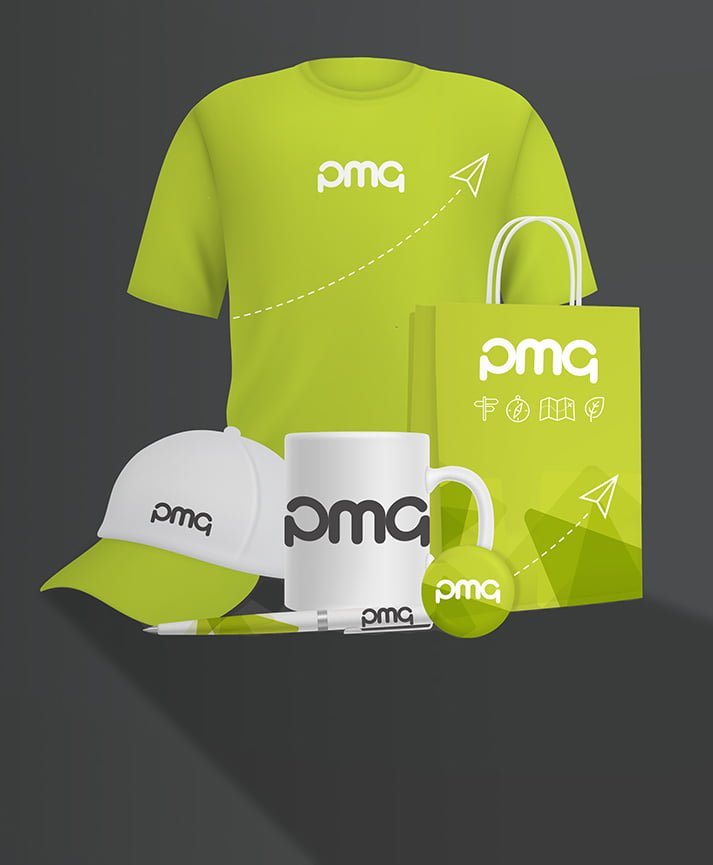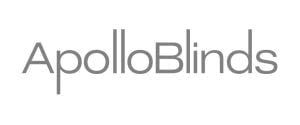
The battle between offset lithography and digital print has been raging for decades. As a print management company, it’s our job to advise our clients about which of these print methods is best for them. Our network of print industry companies and contacts enable us to source the best print solutions for your needs, whether it’s a one-off print advertising campaign or a regular run of letterheads. On almost every occasion, when we carry out our first free print inspection for a client, we ask: ‘litho or digital?’
These two methods are by far the most common print methods used by today’s businesses. As you might imagine, each has its own advantages and disadvantages. Let’s run through them.
Offset lithography (litho)
Litho is a printing technique that uses the water repellent quality of oil to print images. Ink is added to the image on a printing plate, which is then offset onto a rubber blanket and then onto the paper. The printing is usually done in the four traditional printing colours: cyan, magenta, yellow and key (black). These colours are then combined for the print.
The main advantages of litho are as follows:
– Low per unit costs at high print volumes. As a general rule, the longer the litho print run, the lower the cost.
– Very high quality print – no pixels can be seen. This is particularly useful if your print job uses large blocks of colour
– Special inks, such as metallic inks, can be added to the process easily.
However, litho holds a number of clear disadvantages.
– It takes more time to set-up. If you’re after a speedy print run, litho isn’t the right choice. The printing plates take a while to prepare, so it is likely to be at least a few days before your print is ready.
– High costs for small print runs. Much of the cost of litho is in the set-up process, meaning that short print runs are unlikely to be as inexpensive as you might expect.
Digital printing
Digital printing uses electronic files and dots of colour to transfer an image directly to paper. No intermediate stage is required, as it is in litho. Digital printing therefore removes many of the mechanical processes in printing.
Its advantages are:
– Short turnaround. The digital print process can be up and running in minutes – not the hours or days required for litho.
– Personalised print. Using an electronic file to print from directly means that you can easily personalise each item that you print. There is no need for new plates, as the printer can find the information from a database and automatically personalise the print as it’s in progress.
– Affordable at low volumes. If you aren’t after several thousand copies, digital may well be the most cost-effective option.
Digital’s disadvantages are as follows:
– Quality. Although digital print quality is improving, it is still far off litho’s standards.
– Finishing. Digital printing does not provide the result with a coating. In addition, applying finishing processes such as foil blocking may cause problems.
When you first speak to PMG to arrange a free print inspection, we’ll discuss print vs. litho with you. As a general rule, shorter print runs require digital and longer print runs should be saved for litho. Contact PMG if you’d like to arrange a print inspection and save thousands on your print bill.
















































